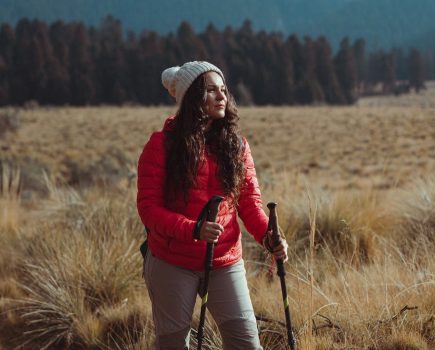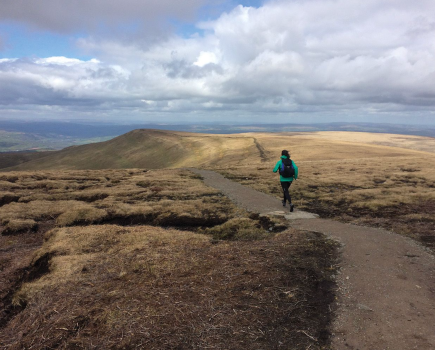Learn how to spot the risky locations for avalanche prone terrain traps
As well as planning a route that avoids crossing ground where you could be at risk of triggering an avalanche (slopes of between 30 and 45 degrees, convexities, cornices) don’t forget about terrain traps, which are geographical features either where avalanched snow will accumulate because it has nowhere else to go, or where the consequences of even a small slide are particularly serious:
- Stream beds, hollows and gullies are places where avalanche debris can accumulate to great depth, potentially burying a victim
- An abrupt change in angle from a fairly steep slope to flat ground can also provide an opportunity for avalanche debris to accumulate
- Not all avalanche fatalities are caused by burial in snow – it’s also essential to consider the impact of a fall itself.
- The consequences of being swept over a steep cliff are very severe as it’s very unlikely that you’ll be able to halt your progress downhill
- Boulder fields are also risky places to be avalanched into, due to the danger of collision with rock
The Mountaineering Council of Scotland’s Mountain Safety Adviser Heather Morning reminds walkers: “The key is good route choice. Plan ahead before you leave the comfort of your living room and study the terrain on the map for your intended route. Always be flexible and have alternative plans. Stay high – choose ridge lines and broad shoulders. In times of high avalanche risk avoid gullies, abrupt slope transitions and corrie basins – and remember: it might not be you that triggers the avalanche, you could just be in the firing line.”
Before you head out into snowy hills, it’s always worth checking the mountain weather forecast (mwis.org.uk) and the Scottish Avalanche Information Service reports (sais.gov.uk), and then you can plan a route that will avoid the riskiest terrain.
Caption for illustration: A few winters ago, three people were killed in an avalanche in the Chalamain Gap, an example of a terrain trap. Snow accumulated to a depth of several metres in the Gap, a deeply cut cleft in the Northern Cairngorms.








